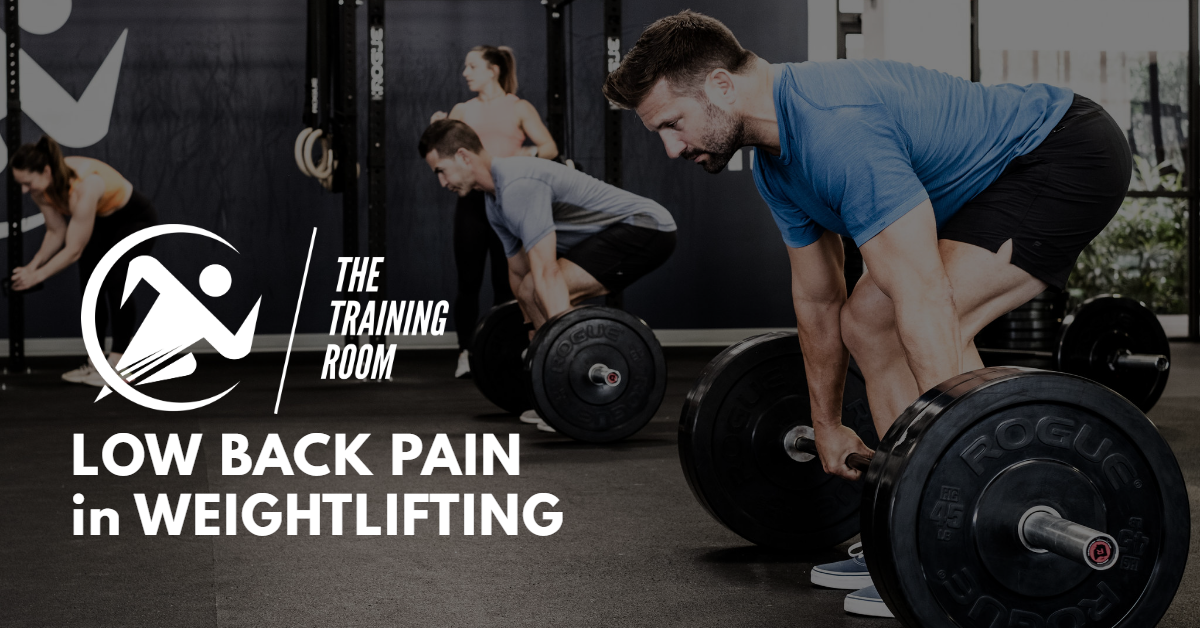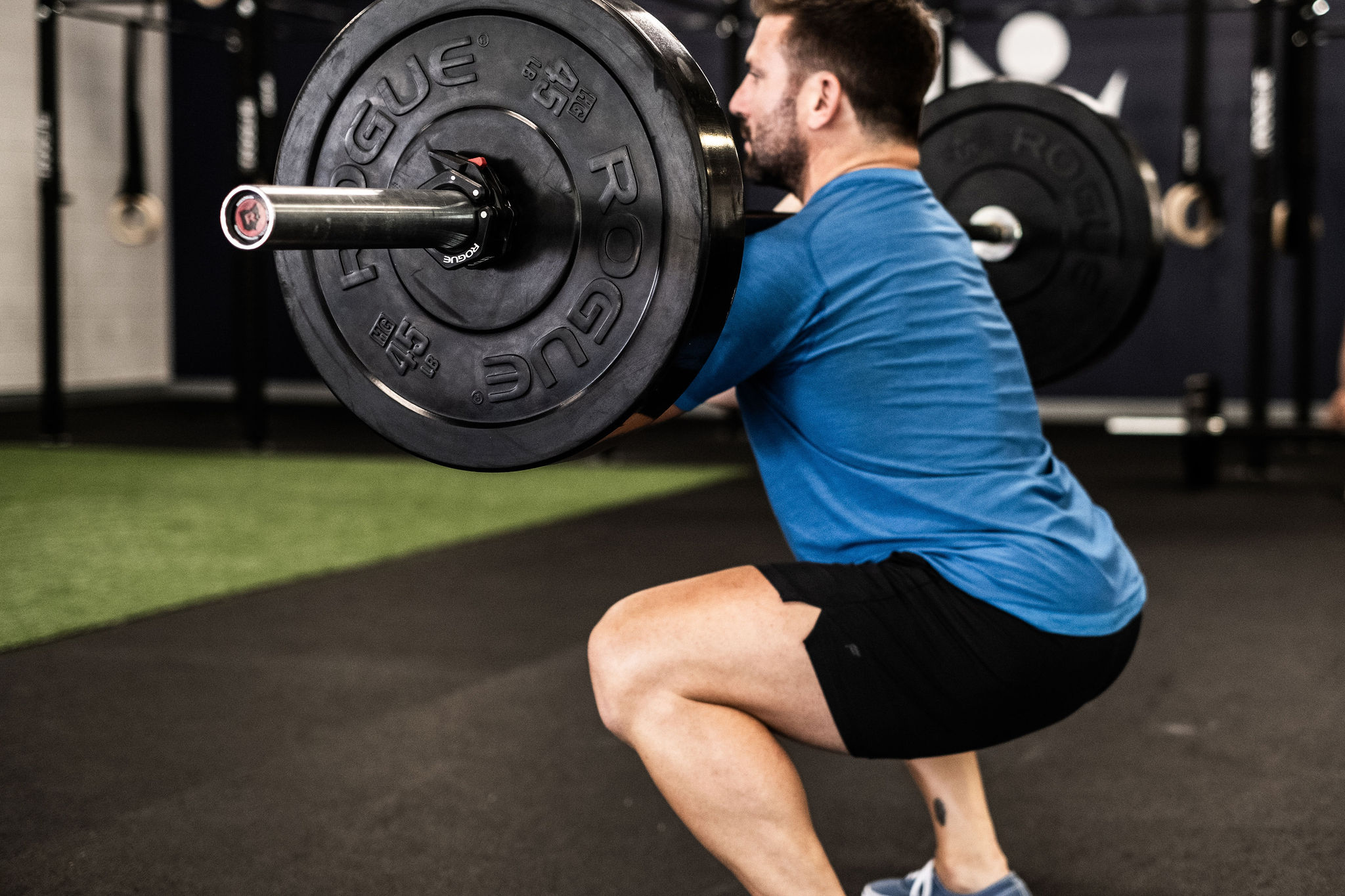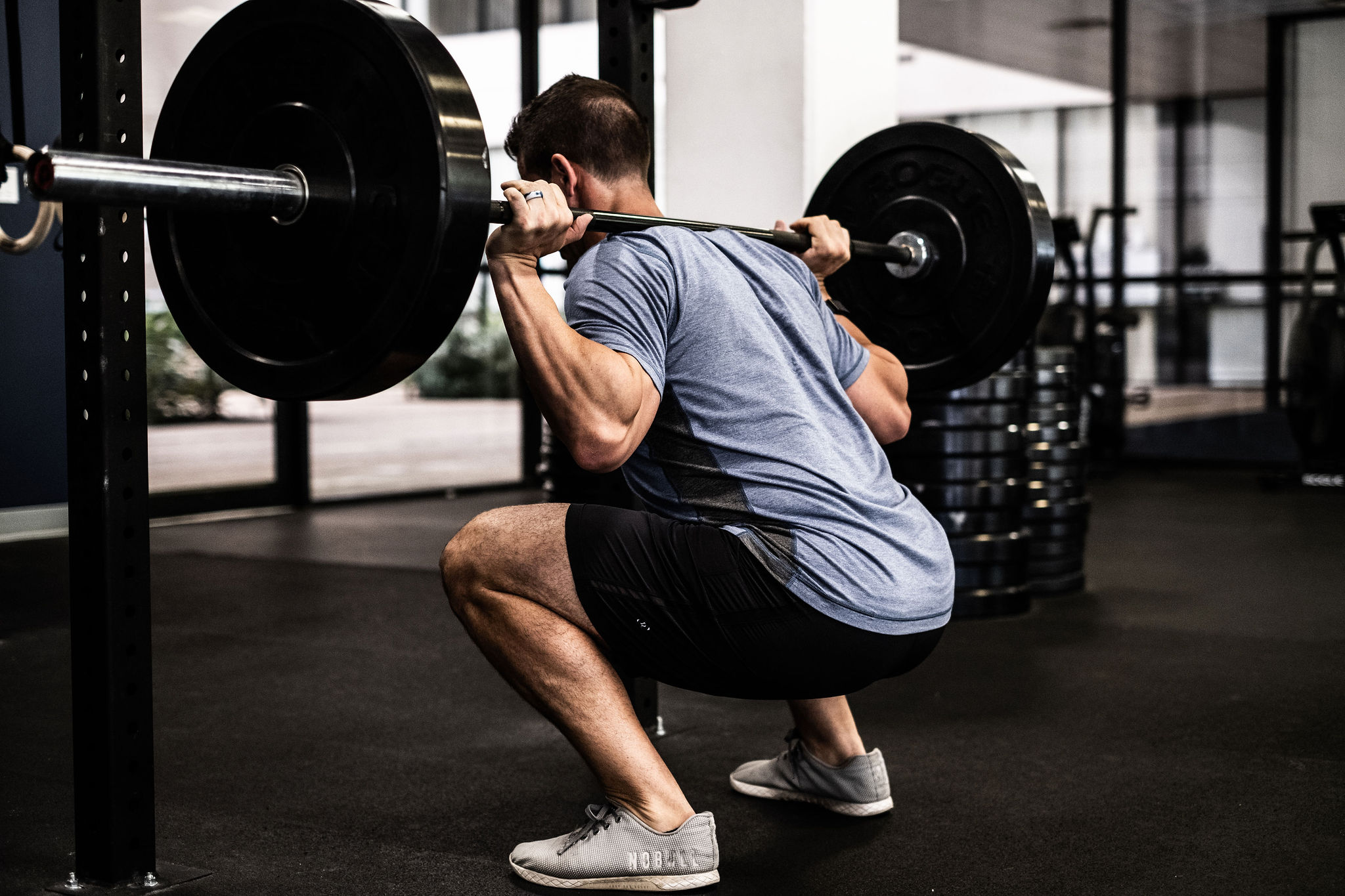
Do you find your grip a limiting factor in the gym?


It is important to note that weightlifting itself is not unsafe and actually has many benefits for all age groups, fitness levels, and is especially important for women as they age and undergo hormonal changes that can affect their bone density. Injury can also occur in anyone at any time, even the most fit and self-aware individual. The key in preventing injury is HOW the movement is being performed and the volume or load being placed on the body. Flawed movement patterns can put stress on the muscles and joints of the spine. The two most common injuries diagnosed are muscle strains or disc herniations. We now also have the adolescent and young adult population who are engaging in weightlifting and it is key to help them understand proper methods of lifting to prevent injury.
Symptom presentation:
- May be localized low back pain (44% of injuries)
- May have radiating pain down buttock and leg (54% of injuries)
- May be more painful moving in one direction over another
In addition to physical pain, there is also an affect on the well-being of the athlete psychologically. When the athlete is not able to lift at a level they are used to or working towards it can be mentally challenging to accept. Athletes may deal with symptoms of depression as it may affect their goals, work and social lives. This does not mean that complete stopping of the sport needs to occur (unless there is severe structural injury) but rather modify the intensity, work through the injury and rehabilitate with proper guidance from a Physical Therapist specialized in teaching and monitoring proper weightlifting movements and modifications to get the body back to a healthy state to lift “normal” again.
Try the following flow 2-3 times per week if you’re experiencing back pain while weightlifting.
About the Author

